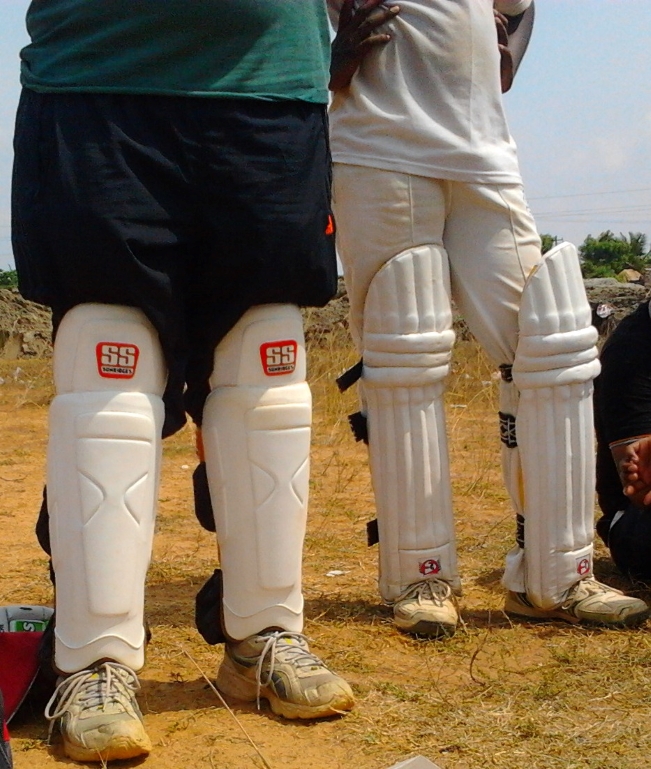Starting out in cricket can be overwhelming at times, not only because of the sport itself, but the gear and the clothing too. Bats, balls, and protective gear aside, there is also the question of clothing. Clothing in cricket is not only for comfort but also for performance, to help keep players cool and unrestricted during long games.
Whether you’re a beginner or an experienced player, having the right gear can make all the difference in your game.
Shoes

Let’s start with the basics. Cricket shoes might be the single most vital bit of equipment for any player. The game consists of fast spurts, hard stops, and sudden changes in direction, and all of it puts the lower extremities and feet under excessive stress. Appropriate cricket shoes can significantly contribute to performance and provide stability, and comfort, as well as guard against injury.
Cricket shoes are made with specialised features to suit various playing grounds as well as the s roles of the cricketers. Spike shoes are typically used on grass pitches because they offer a better grip, thereby preventing slips when running or fielding. The spikes, usually metal or rubber, dig into the surface to provide a good hold, therefore being immensely beneficial for fast bowlers as they need stable footing for their delivery stride.
Rubber-soled shoes are used on synthetic pitches and indoor cricket instead. These shoes provide adequate grip without compromising the playing surface and thus are highly appropriate for restricted versions of the game.
Do cricket shoes make a difference? Certainly! Cricket footwear and design and construction are designed to withstand the rigours of the sport. All high-quality cricket shoes are constructed with synthetic leather accompanied by ventilated mesh panels. Synthetic leather provides durability and shape, i.e., the shoe retains form and offers sufficient protection. Mesh inserts enhance ventilation, which makes the feet cool and reduces sweat buildup during long matches.
Midsoles in cricket shoes are cushioned, ensuring shock absorption and reducing the impact on the feet and legs. This is particularly important for fast bowlers since they exert so much force on the landing foot when bowling.
It is essential to choose the right cricket shoes for comfort and performance. An ill-fitting shoe creates blisters, discomfort, and even long-lasting foot injuries. Players must identify shoes that incorporate cushioning to the ankle support, shock absorption to the sole, and proper lacing that reduces excessive motion inside the shoe.
Shirt
Cricket shirts are made so that they are extremely comfortable and ventilated, allowing the players to perform at their best without any sweat or discomfort slowing them down. Traditionally, cricket whites have been the traditional dress for longer formats of the game, with coloured jerseys being used in shorter formats like T20 and one-day matches. Cricket shirts of any hue are made with light-coloured, moisture-wicking material so that the players are kept cool in the sunlight.
Pants
Cricket pants are an essential part of a player’s outfit, providing comfort along with convenience. Like shirts, they are typically white for Test and first-class cricket, while coloured pants are employed in limited formats. Cricket pants are made of light and airy material to ensure free movement. The cricket pants must be a good fit. They must be loose enough not to hamper movement, especially when running or lunging, but not so loose that they are annoying. Elastic waistbands with a drawstring ensure a snug fit so the pants do not shift during intense play.
Hat
A cricket hat, aside from being a fashion item, is a necessity, especially when playing in the intense heat of the sun. Cricket is a game that takes several hours, and hours under the sun can lead to heat stroke, sunburn, and dehydration. A hat shields the face and neck from harmful sun rays, keeping players secure and comfortable.
Pads

Cricket pads are an essential item of protective gear for batsmen and wicketkeepers, offering vital protection against high-velocity cricket balls. A well-struck delivery can travel at high speed, and without padding, the impact can be painful and even lead to severe injury. Pads absorb the shock, reducing the risk of bruising or fractures.
Gloves
Gloves are yet another crucial protective gear, primarily for batsmen and wicketkeepers. A cricket ball is hard and can cause serious hand injuries upon impact, especially when facing fast bowlers. Gloves are designed to protect the fingers, knuckles, and palms while also giving a firm grip on the bat.
Batting gloves usually possess padded finger sections and reinforced palms to minimize shock without inhibiting flexibility. They are usually made from leather or synthetic compounds, offering both durability and comfort. A good pair of gloves enables batsmen to maintain a secure grip, with minimal chance of the bat slipping out of their hands while attempting a shot.
Having the right cricket clothing and gear is essential for every player, whether beginner or professional. From shoes that provide traction and support to safety gear like pads and gloves, each piece of gear has an important function in enhancing performance and protection. Using top-notch, well-fitting attire allows players to focus on their game without distractions.
























